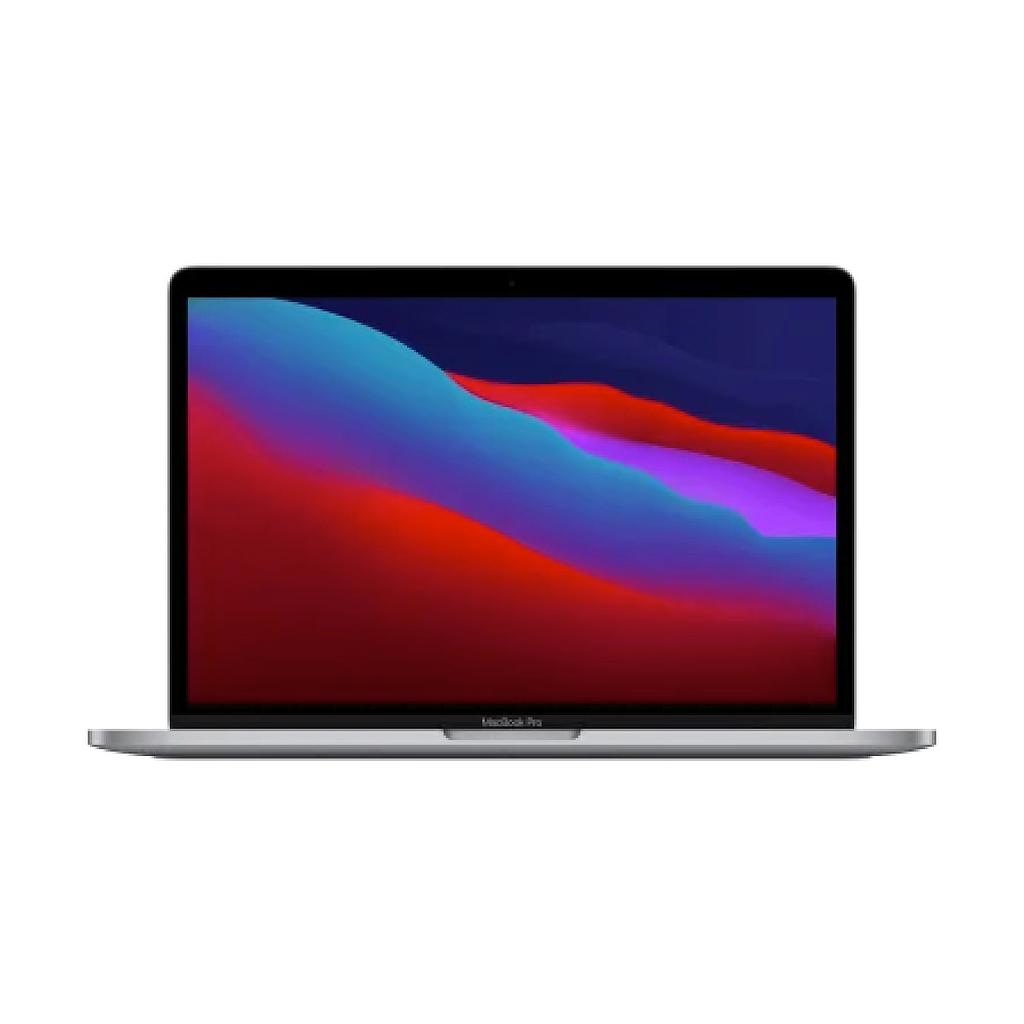


On the bright side, you also save some disk space (equal to the amount of your RAM). This behavior can be changed, at the cost of some safety, so that memory content is not saved to disk. The content saved on disk is only used in case of a power loss. The ram is still powered on however, and is used when starting up again.

Sleep initially means Standby, but if the battery level drops very low then the laptop automatically Hibernates (what Apple calls Hibernation "Safe Sleep").īy default, when closing the lid on a MacBook, the content of the ram is saved to disk for safety. Well, sleep concept can be sometimes misunderstood in Mac OS X. Basically, the settings to be applied are: Since I'm using a Corsair F240 in Mac OS X, I decided to share useful (and easy) tweaks to improve the lifespan and the performance of the drive.Īll the settings are independent and can be applied according your needs. I have seen some threads about how to setup Windows 7 in order to improve the SSD performance but none concerning Mac OS X.


 0 kommentar(er)
0 kommentar(er)
